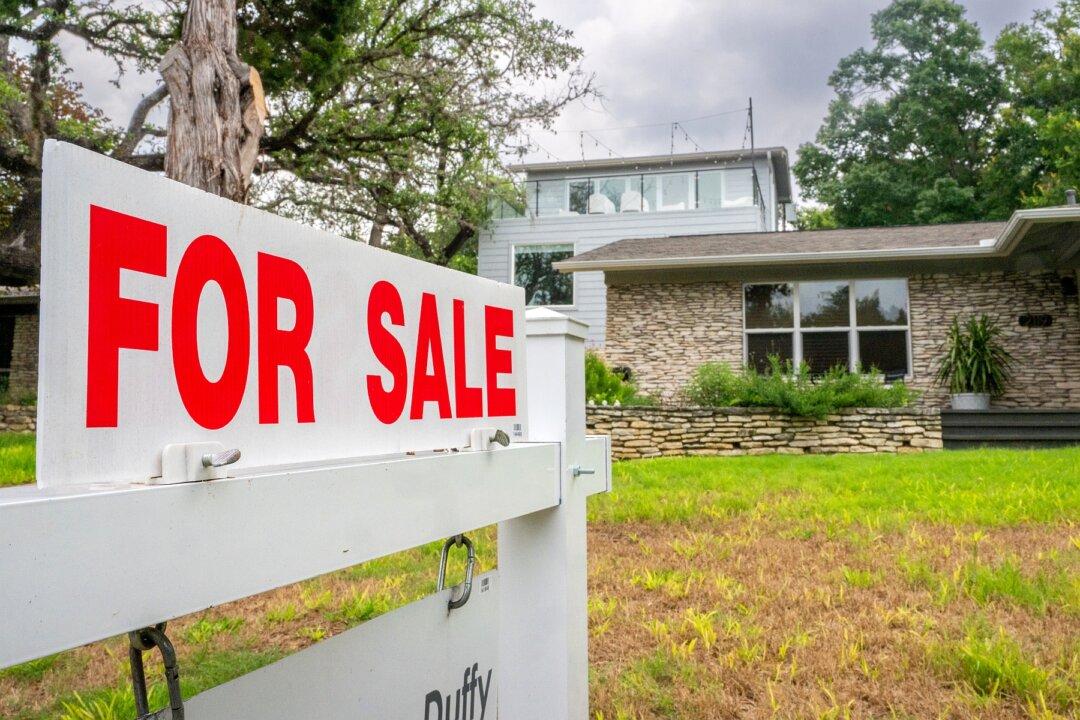Commentary
There’s some bad news for those hoping for a fix to the housing market. There are signs that the squeeze is going to get worse.

There’s some bad news for those hoping for a fix to the housing market. There are signs that the squeeze is going to get worse.